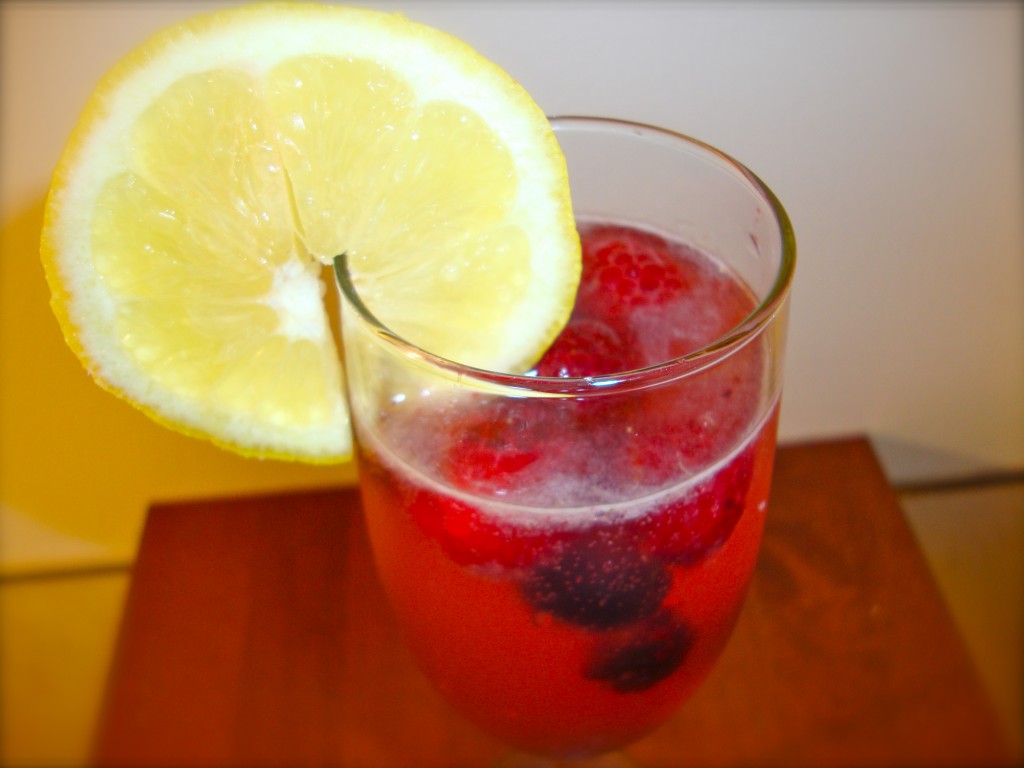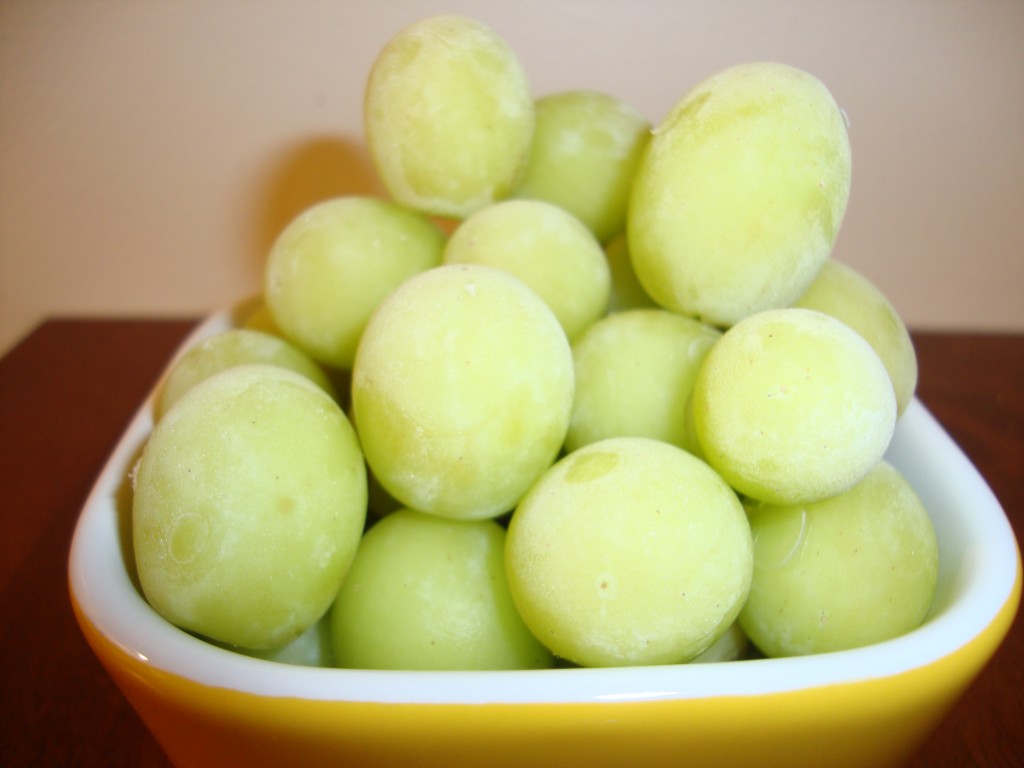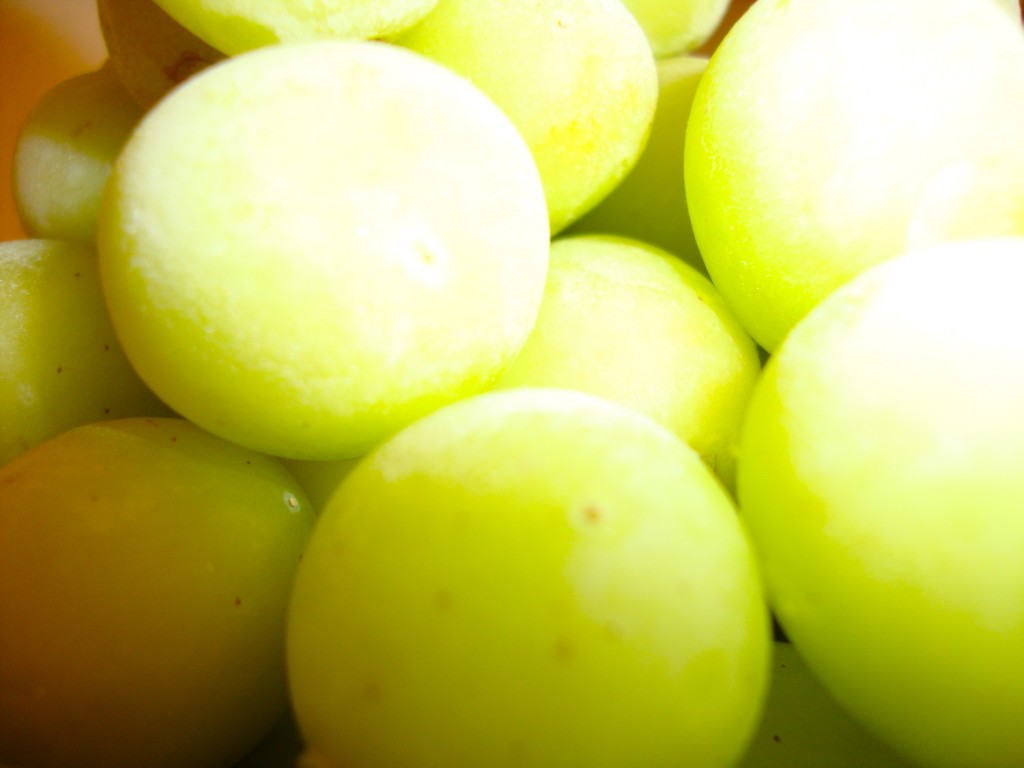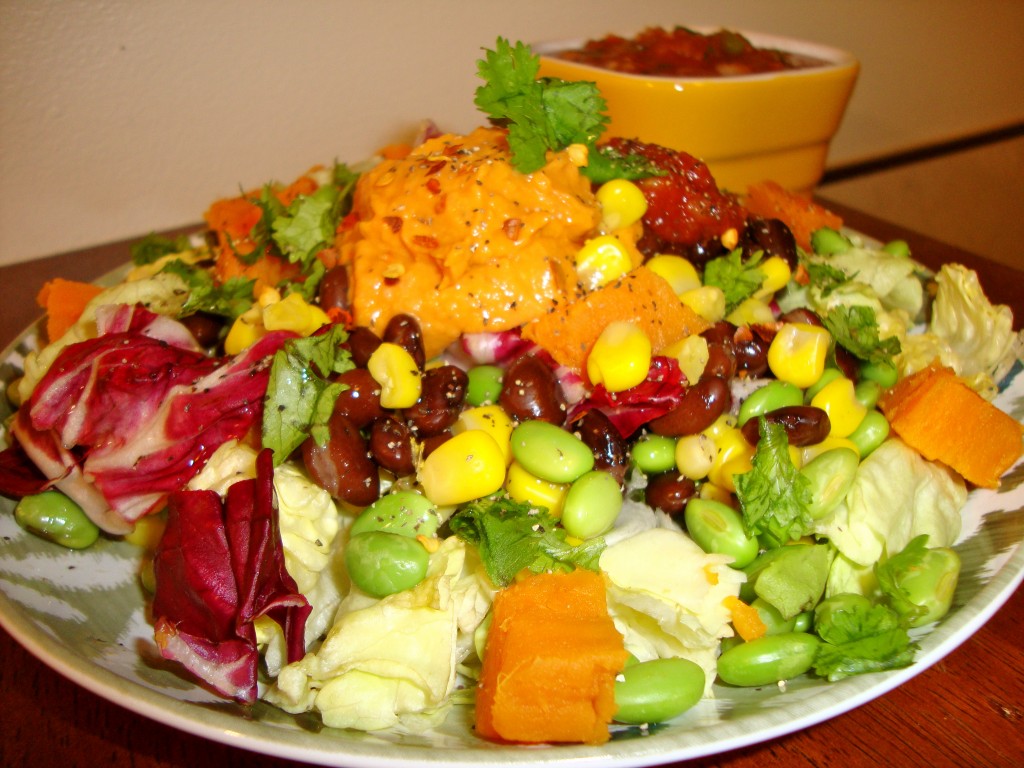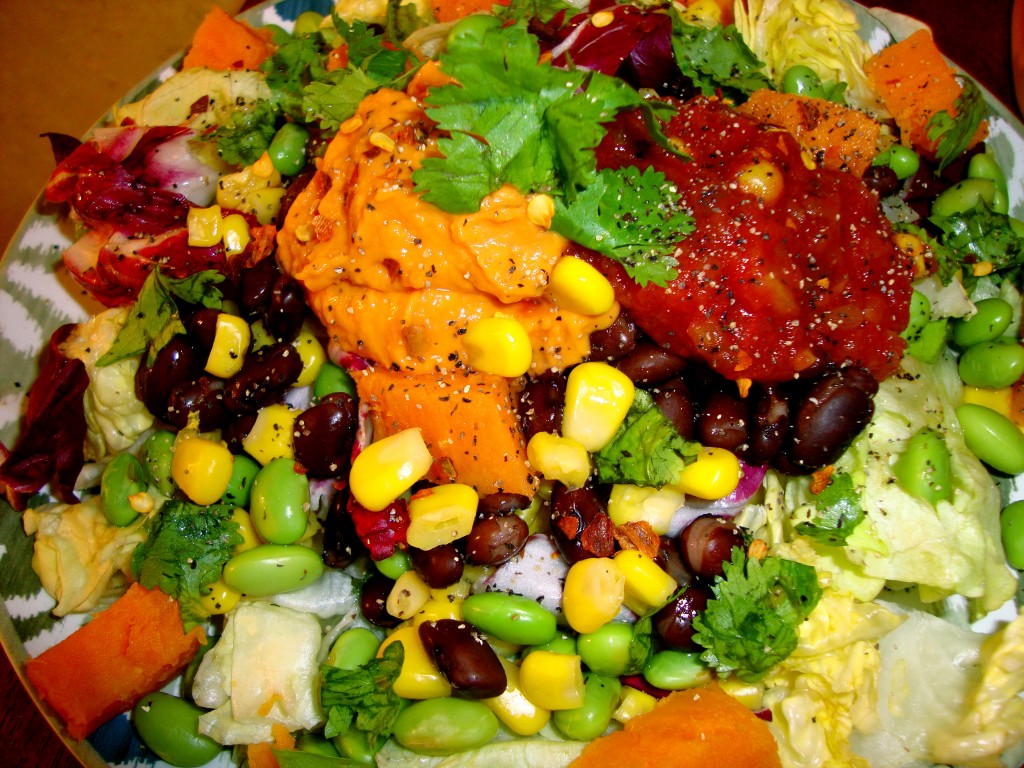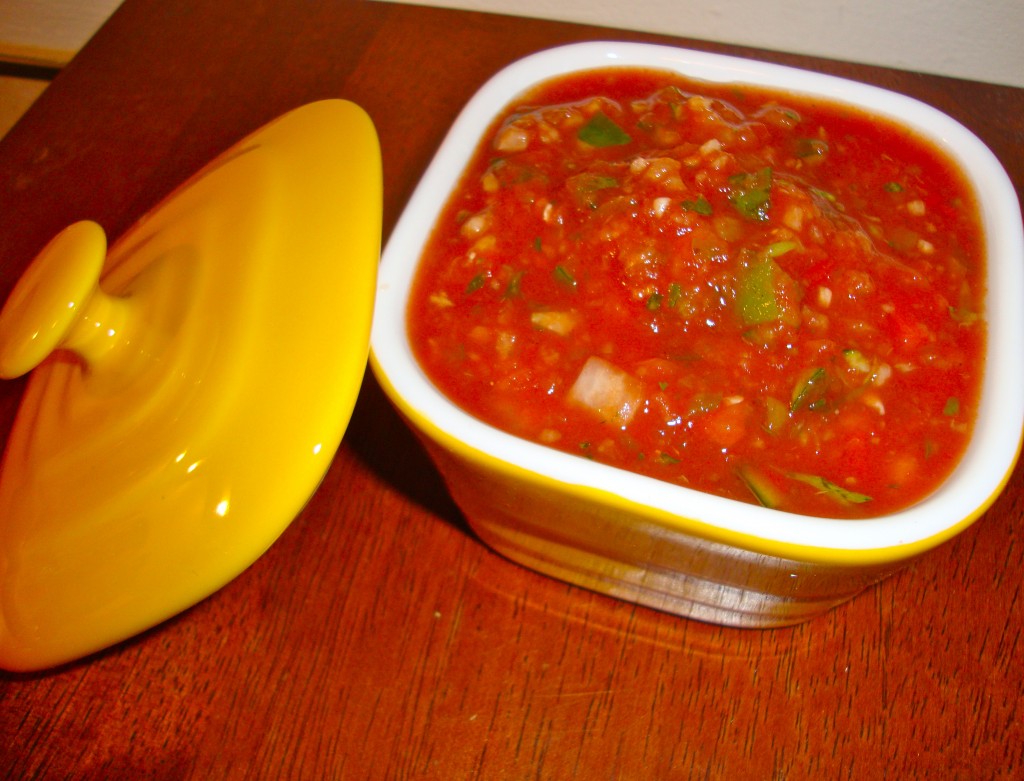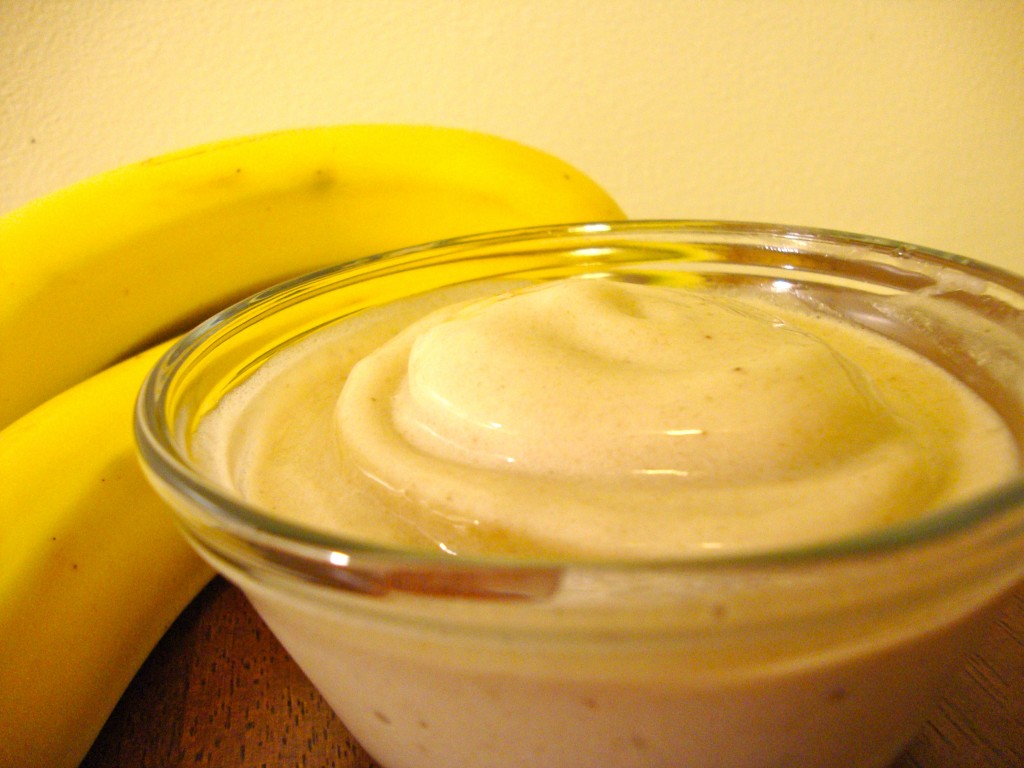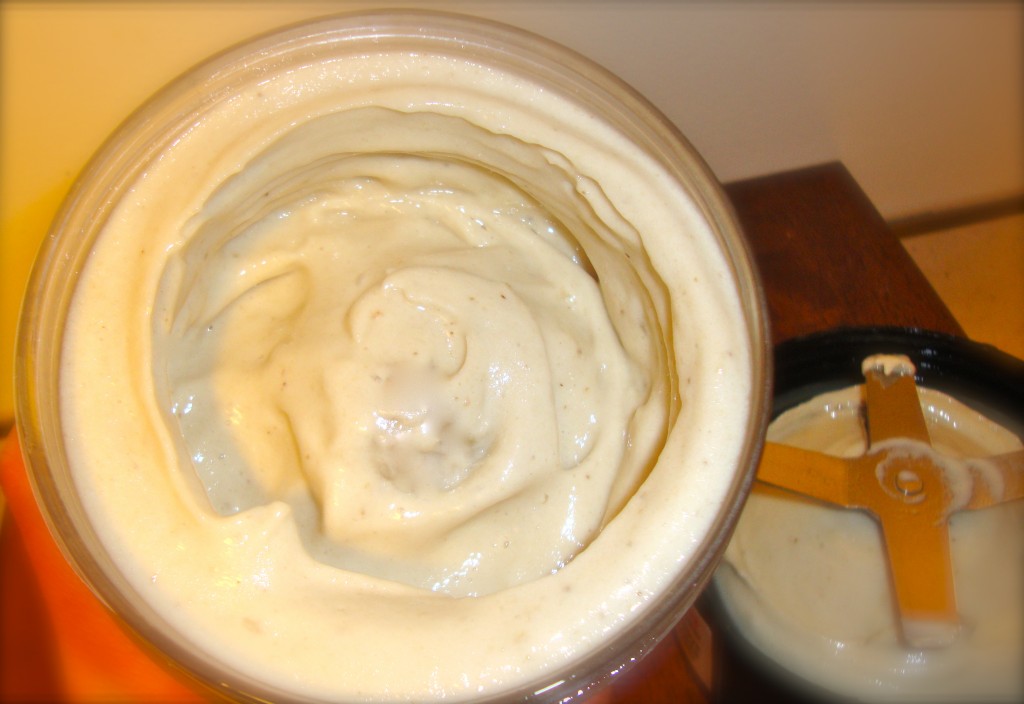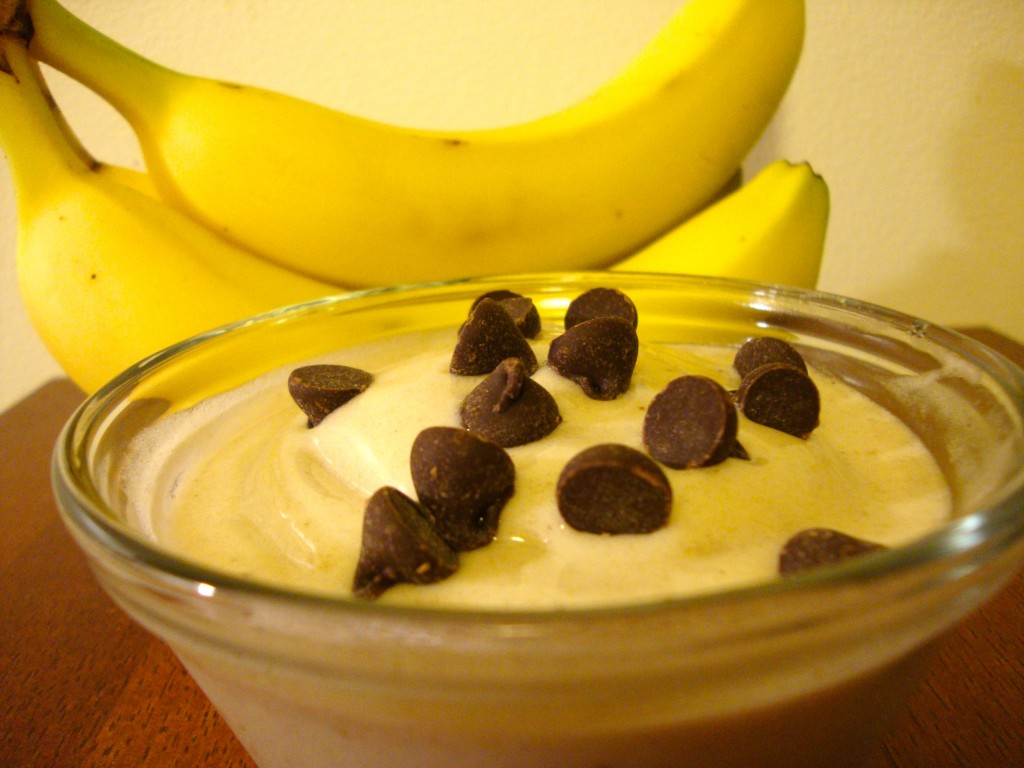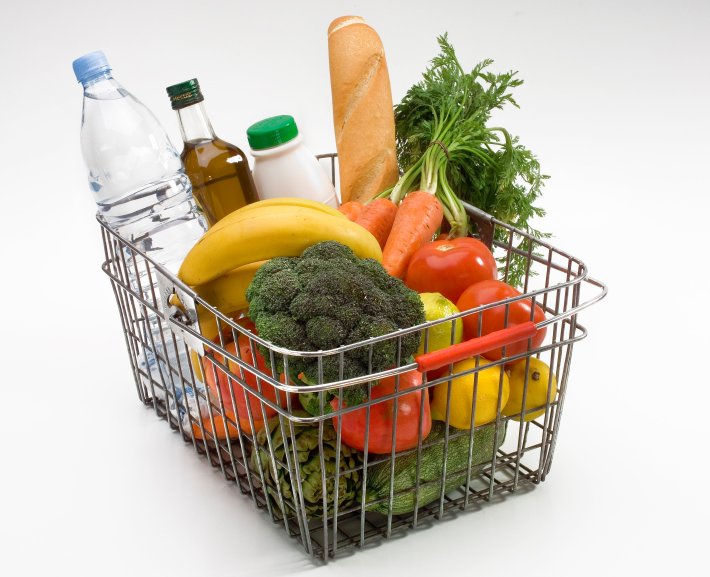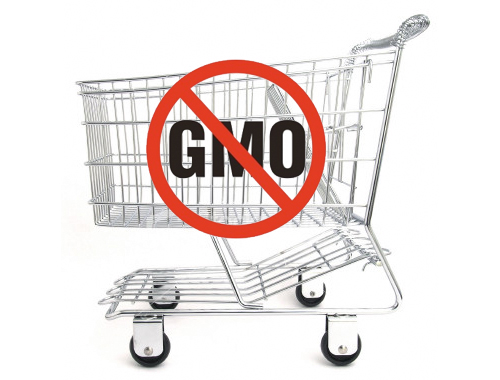If you can’t take the heat…
x
GET OUT OF THE KITCHEN!
x
x
Those are my thoughts exactly right about now.
The ridiculous humidity levels here in good old Massachusetts make everything sticky, hazy, and hot, hot, HOT. It’s bad for the hair and make-up, but it does make for the most PERFECT beach weather come the weekend (minus the Great White shark sightings off the coast of Cape Cod of course. Yea… try PAYING me to step in that water!).
But really.
(And perhaps I’m a bit biased)
There’s nothing better than spending the weekend lounging at the beach down the Cape or jetting off to Maine to relax at the lake all day (Okay, my secret’s out. NOW you know why I haven’t been tied to my computer blogging every chance I get!).
The downside to summer vacationing? (As if there’s REALLY a downside to vacationing at all!) There’s usually no AC in a good old-fashioned beach house. This makes it a little bit difficult for me to fire up the oven and get my bake on.
Yet for some reason I still threw on my Flirty Apron and got cookin’.
x
Big mistake.
x
Attempting to cook in the silly hot temperatures is nothing short of torture– I tried baking a vegan cookie pie and practically melted during the process (P.S. if this is what a hot flash feels like…kill me now. Please).
x
The good news?
The pie came out FABULOUS.
The bad news?
Who really wants to eat a warm, gooey, sinfully sweet cookie when it’s pushing 100º?
x
I’d rather go for something like THIS 
x
(Don’t worry, don’t worry! You’ll get your cookie pie recipe soon!)
x
I don’t know about you, but after returning from a long day at the beach all dehydrated and sweaty (yet fabulously bronzed and relaxed), I crave cool, refreshing, raw foods– and I have a funny feeling I’m not alone. So here are FOUR of my cheap and easy summertime treats that are sure to keep you looking hot while keeping cool.
Yup, you’ve guessed it. They’re BIKINI APPROVED!
(As if you’d expect anything less!) ![]()
Berry Skinny Sparkling Lemonade
x
Ingredients:
- Sparkling water (plain or naturally flavored– I’m addicted to any flavor of Polar seltzer water. It’s 100% natural and tastes delicious!)
- 1 whole organic lemon
- 1/4 cup mixed frozen berries (I like Trader Joe’s Organic Mixed Berry Blend).
- 1 packet of stevia
- Squeeze the whole lemon into a champagne glass (any glass will do if you do not have a champagne glass handy).
- Mix in one packet of stevia.
- Add in the berries.
- Pour seltzer water over the lemon, stevia, berry mixture.
x
VOILA! A refreshingly delicious skinny, summer drink.
If some vodka happens to find its way into the glass…I promise I won’t tell 
x
x
Next up…my new FAVORITE snack to eat on the beach.
They take literally one minute to prepare and taste like SHERBET!
x
Frosty Frozen Grapes
x
x
Ingredients:
- Organic grapes (green or red will do, but green grapes are my favorite
 )
)
- Rinse grapes very well under cold water.
- Transfer grapes to a bowl and set in freezer.
- Wait at least and hour to eat.
Okay. So we’ve got a nice little snack and a cocktail that are hot-weather approved, but what about the main dish?
Call me crazy, but SALADS happen to be my favorite meal for ANY season.
And you know what pairs SO well with salad…icy cool gazpacho soup!
Trust me. This soup and salad combo will be just the thing you’re craving after a hot summer day (and it will fill you right up to boot!)
x
Spicy Summer Salad and Garden Gazpacho
x
Ingredients:
(makes one MEGA HUGE salad)
- 1 cup organic lettuce (I like Trader Joe’s organic Butter Lettuce– I find the taste and texture of this lettuce just fabulous!)
- 1/2 organic sweet potato
- 1/3 cup of organic black beans
- 1/3 cup of organic, shelled edamame
- 1/3 cup of organic canned corn (NOTE: make sure you check the ingredients list…lots of corn has sugar added right to it! Canned corn should have corn, water, and (moderate) salt as its only ingredients or put it back.)
- 2 tablespoons hummus (I’m pretty much addicted to Trader Joe’s Three-Layer Hummus and their Tomato Basil Hummus).
- 2 tablespoons all-natural salsa
- 1 tablespoon chopped, fresh, cilantro
- Dash of pepper
- Pinch of hot pepper flakes
- Drizzle of apple cider vinegar (I like Bragg’s Organic Apple Cider Vinegar)
- Optional: sliced avocado
- Cook the edamame and sweet potato, drain and rinse the beans and corn, slice up the avocado, and layer it all on top of the lettuce.
- Now just top your salad with a dollop of hummus and salsa, sprinkle with pepper, and drizzle with cider vinegar.
x
Just add a little side of THIS…
x
x
And ENJOY!
x
(Trader Joe’s carries their tomato-based, fresh gazpacho soup in the refrigerated section all ready to go–no prep necessary! Even better? It’s only $2.99!)
x
Now what’s a better way to end a hot summer day than with a BIG BOWL of BANANA ICE CREAM!?
x
x
x
Oh…did I mention it’s FAT-FREE AND SUGAR-FREE?
No need to thank me 
Bikini Babe Banana Ice Cream
Ingredients:
- 2 medium frozen bananas (place peeled bananas in a baggie or tupperware container for a couple of hours until solid. I ALWAYS keep frozen bananas in my freezer because there is nothing worse than craving ice cream and not having the main ingredient handy!)
- 1 tablespoon plus 1 teaspoon of unsweetened vanilla almond milk (any almond milk will do, but I like Almond Breeze Unsweetened Vanilla Almond Coconut milk)
- 1-2 packets of stevia (depending upon how sweet you like your ice cream)
- 1/2 teaspoon pure vanilla extract
- OPTIONAL: Vegan chocolate chips (Note: the chocolate chips will add a small amount of sugar and fat)
- Add all the ingredients (except the chocolate chips) to a blender or food processor. Blend until smooth.
Now just serve and EAT UP!
And top with chocolate chips if you’re feeling crazy!)
x
x
x
See? Keeping cool has never been SO HOT 
x
Healthfully yours,
Ashley Michelle
x



